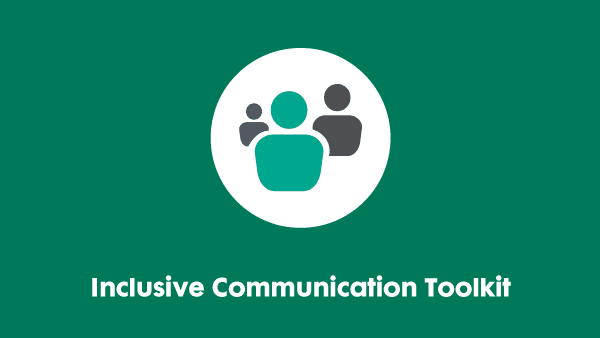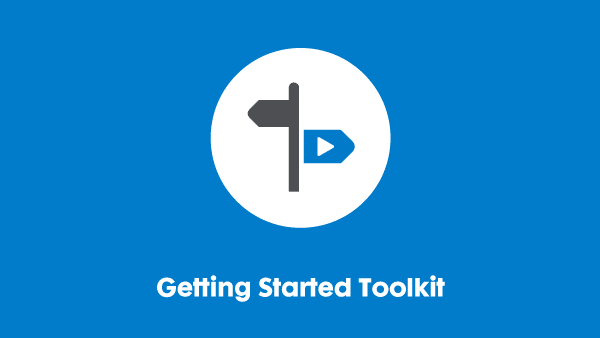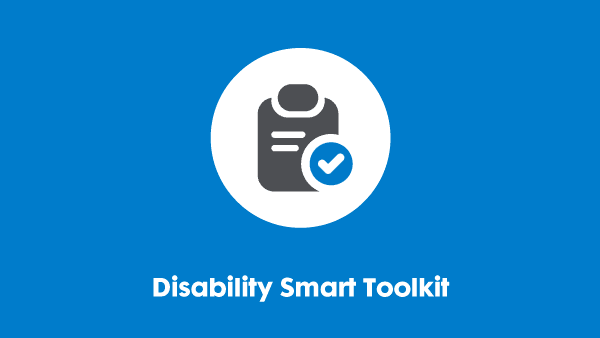- Toolkit highlights
- Section 1: Inclusive communication and business
- Section 2: Inclusive communication practical resources
- Section 3: Reviewing and developing your communications
- Section 4: Making the small print accessible
- Section 5: Case studies and examples
- Section 6: Standards, guidance and further information
- Related content
Last updated: 7 July 2025
Communication is a key part of everyone’s job, whether you are in a customer facing role or are communicating internally with colleagues.
Disabled people have the same need for information as non-disabled people. Yet, the communication needs of disabled people are often overlooked. In recent consumer research conducted by Business Disability Forum, at least 7 in 10 respondents stated that their disability or access needs had made it more challenging to find the information they needed when looking to make a purchase for example.
In this Toolkit, we want to show you that communicating in an inclusive way is vital if you want your communications to reach everyone. We will also provide you with the tools to make your own day-to-day communications work better for disabled people. You may also find the resources useful when briefing colleagues and when working with external agencies and suppliers.
Some resources in this Toolkit are free and open to all. Members and Partners enjoy exclusive access to the full range of Knowledge Hub resources plus additional membership benefits.
How to use this Toolkit
This Toolkit includes over 40 resources covering different aspects of communication, some are free and open to all. We have created a video to tell you more. Watch the video below.
Where to start on inclusive communication
We know that sometimes it can be difficult to know where to begin. We recommend watching Our Inclusive Communication: 10 top tips video.
Toolkit highlights
Below is a selection of some of the resources in this Toolkit:
Videos:
- What is inclusive communication and why is it important? (a free resource, available to everyone)
- How live captioning changed how I communicate – By Matthew Johnston (a free resource, available to everyone)
- How to tag PDFs for accessibility (available to Members and Partners only)
Resources:
- Inclusive communication: What disabled consumers told us (a free resource, open to all)
- Inclusive language: What it is and why it is important (a free resource, open to all)
- How to design accessible signage (available to Members and Partners only)
- Creating accessible PowerPoints: 12 top tips (available to Members and Partners only)
Presentations:
- Why inclusive communication matters to your organisation (available to Members and Partners only)
Infographics:
- Statistics on disability and finding information (a free resource, open to all)
- Statistics on disability and communication preferences (a free resource, open to all)
Toolkit resources
Section 1: Inclusive communication and business
Section 2: Inclusive communication practical resources
Section 3: Reviewing and developing your communications
Section 4: Making the small print accessible
Section 5: Case studies and examples
Section 6: Standards, guidance and further information
If you require this content in a different format, contact enquiries@businessdisabilityforum.org.uk.
© This resource and the information contained therein are subject to copyright and remain the property of the Business Disability Forum. They are for reference only and must not be copied or distributed without prior permission.



